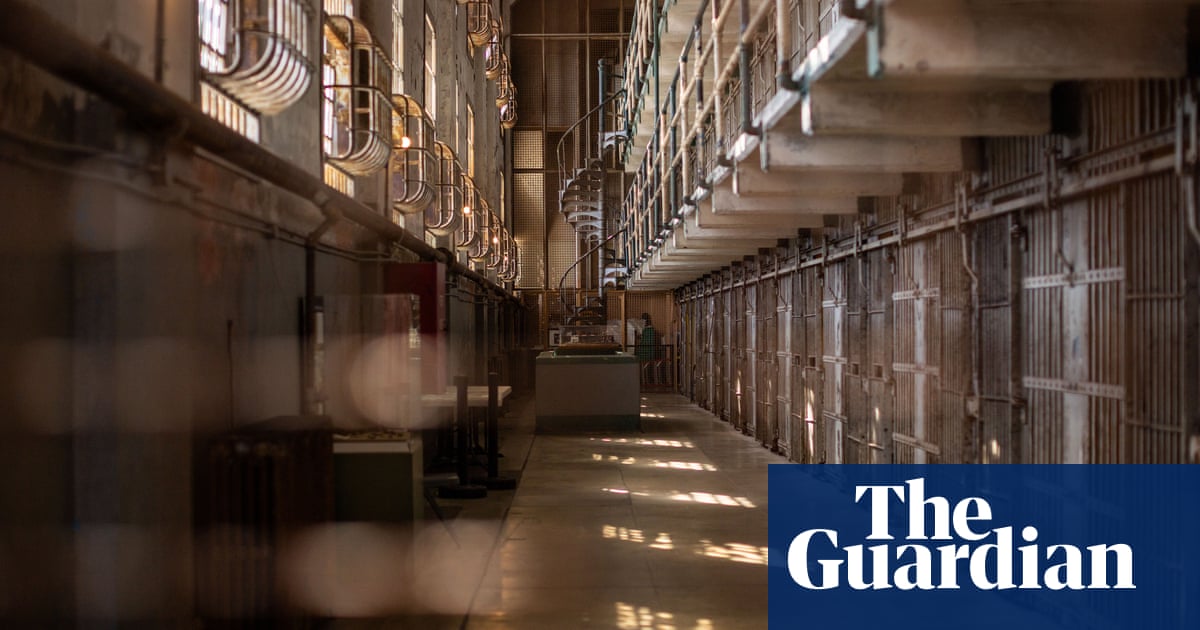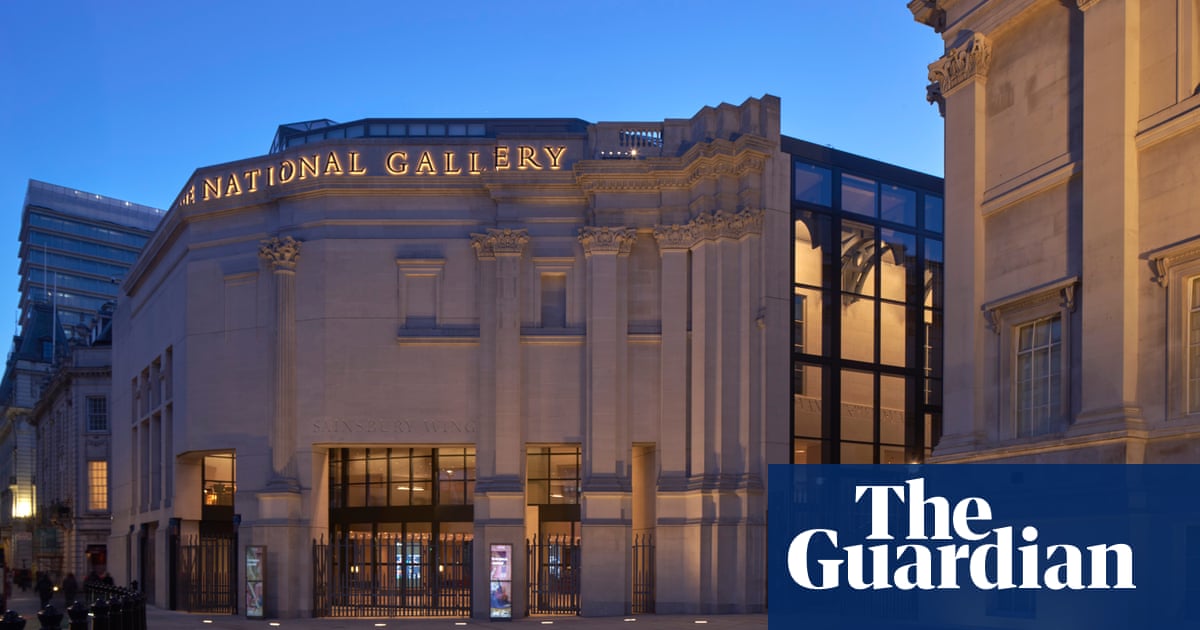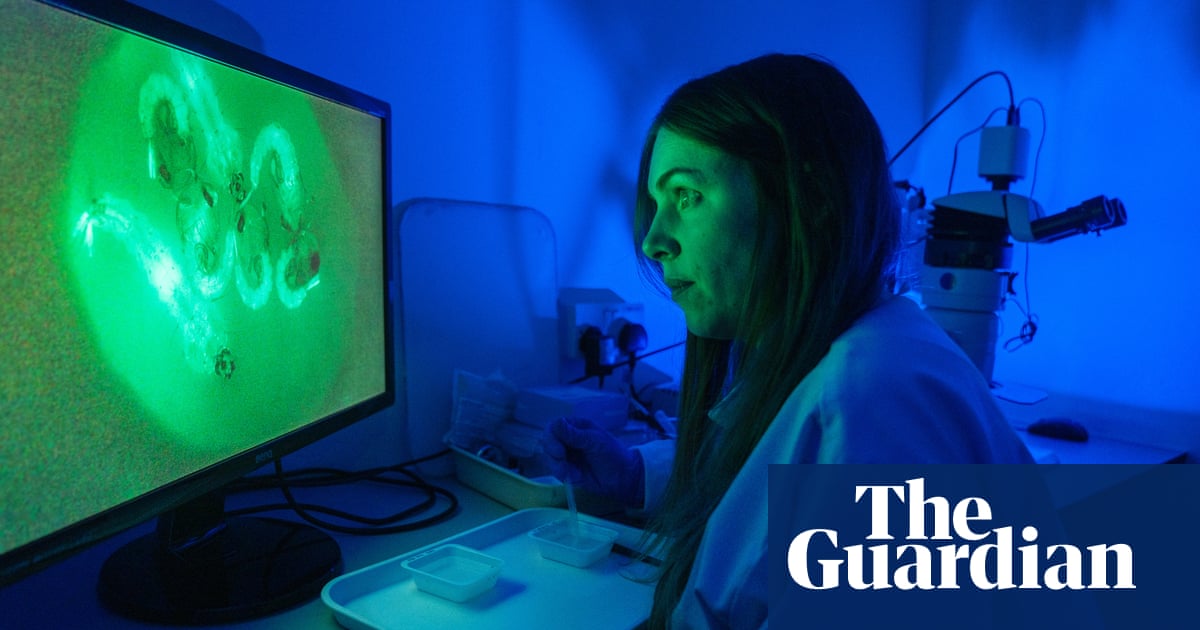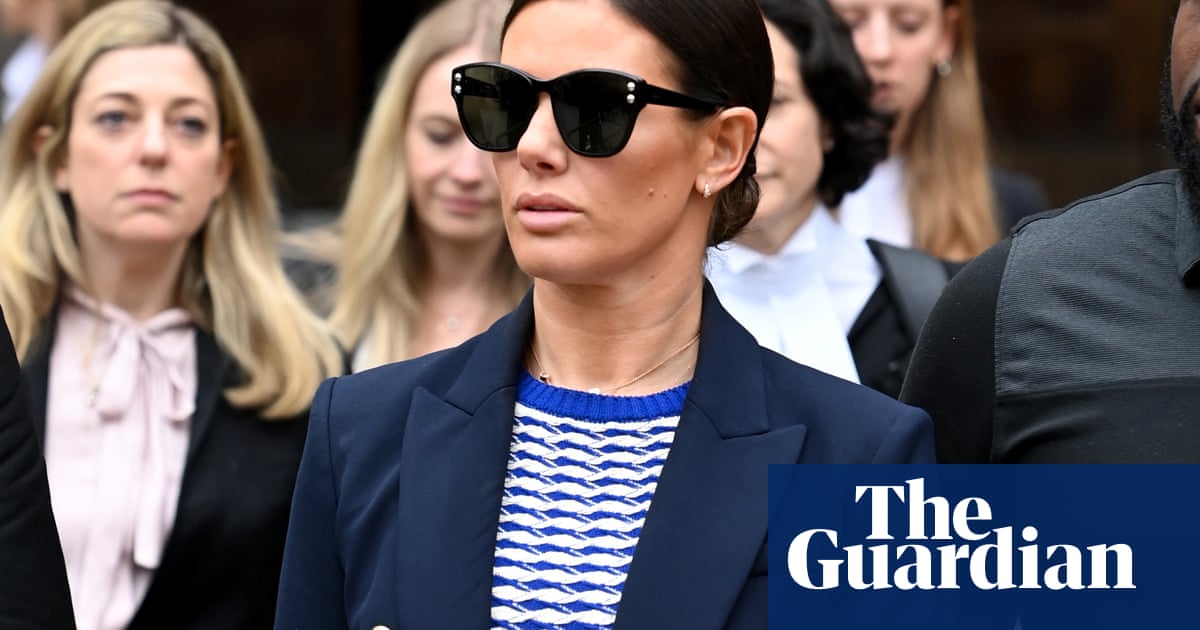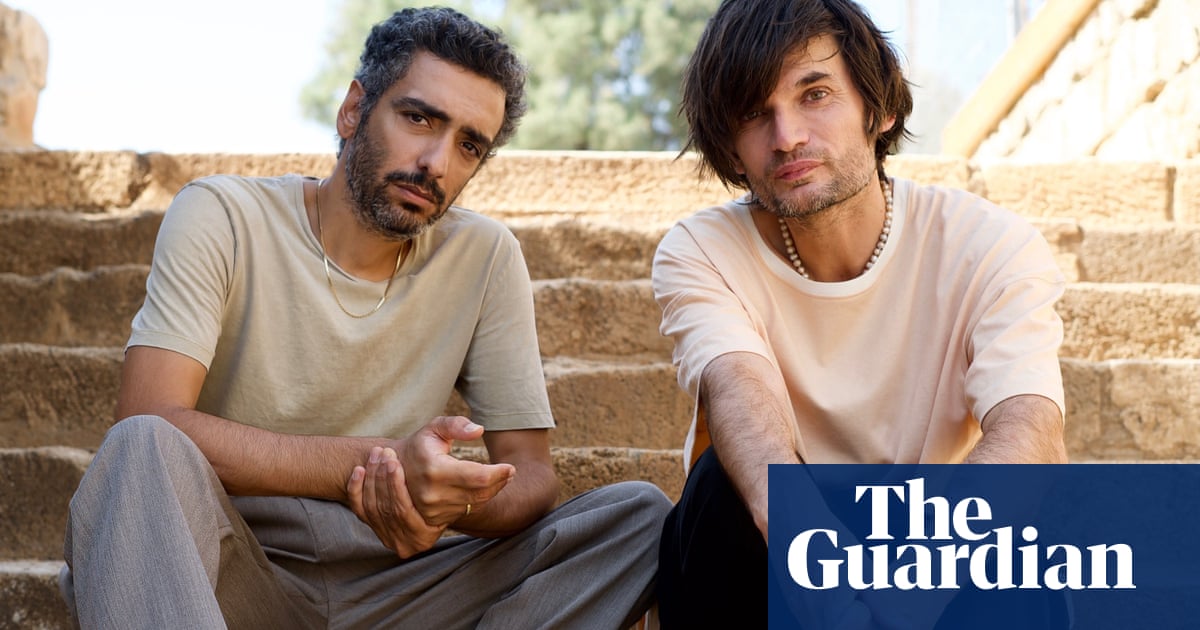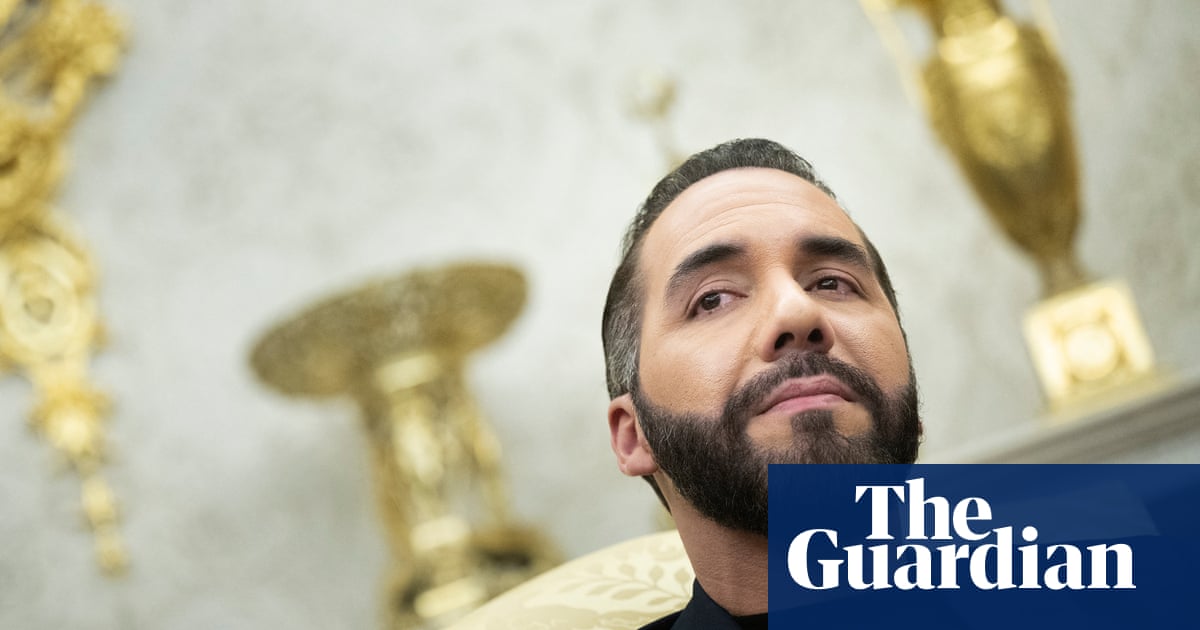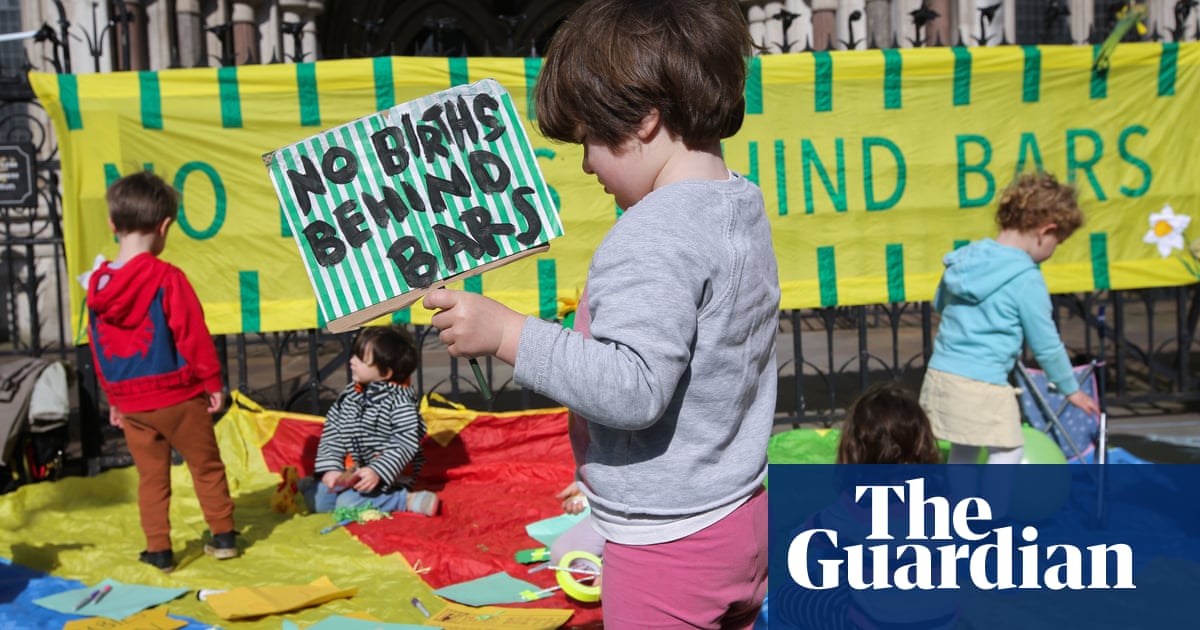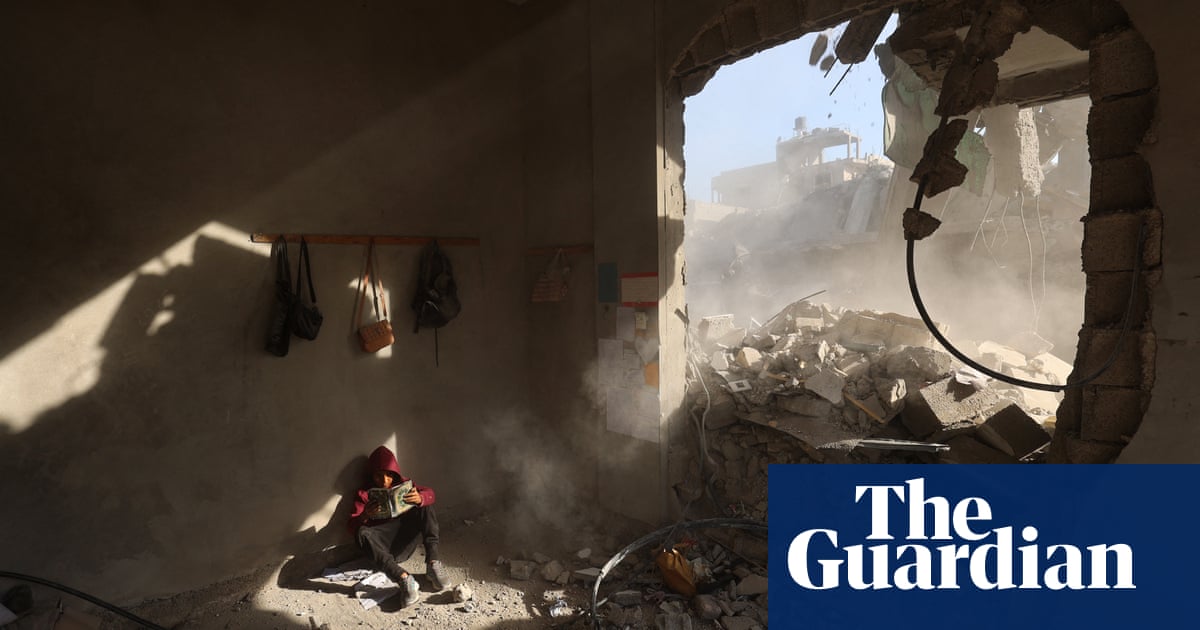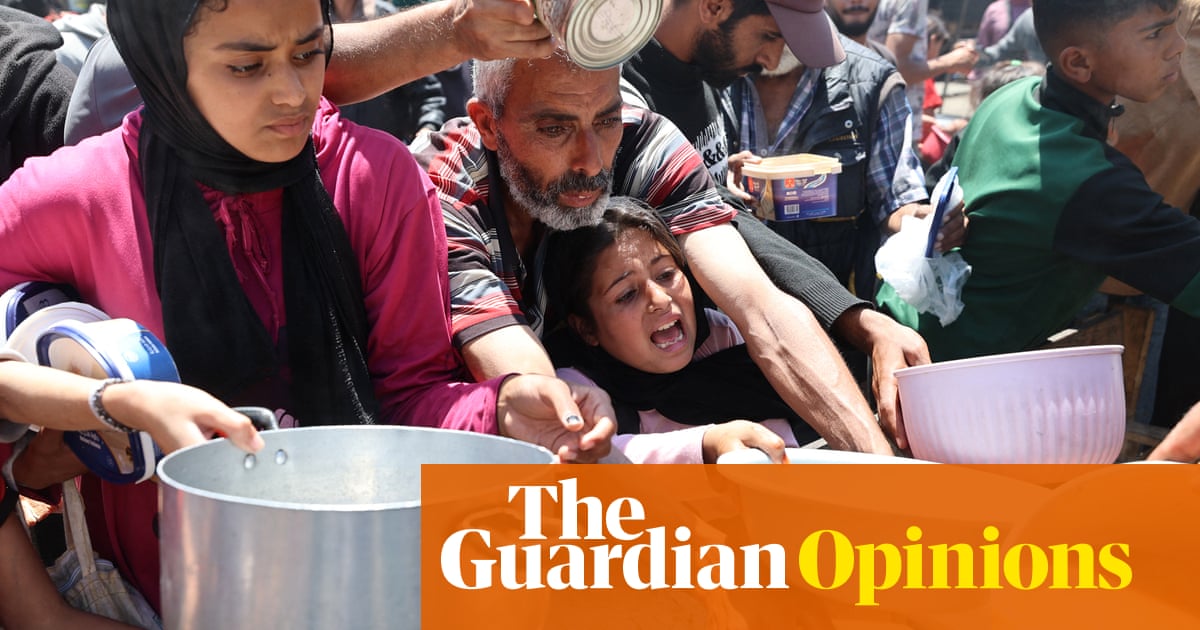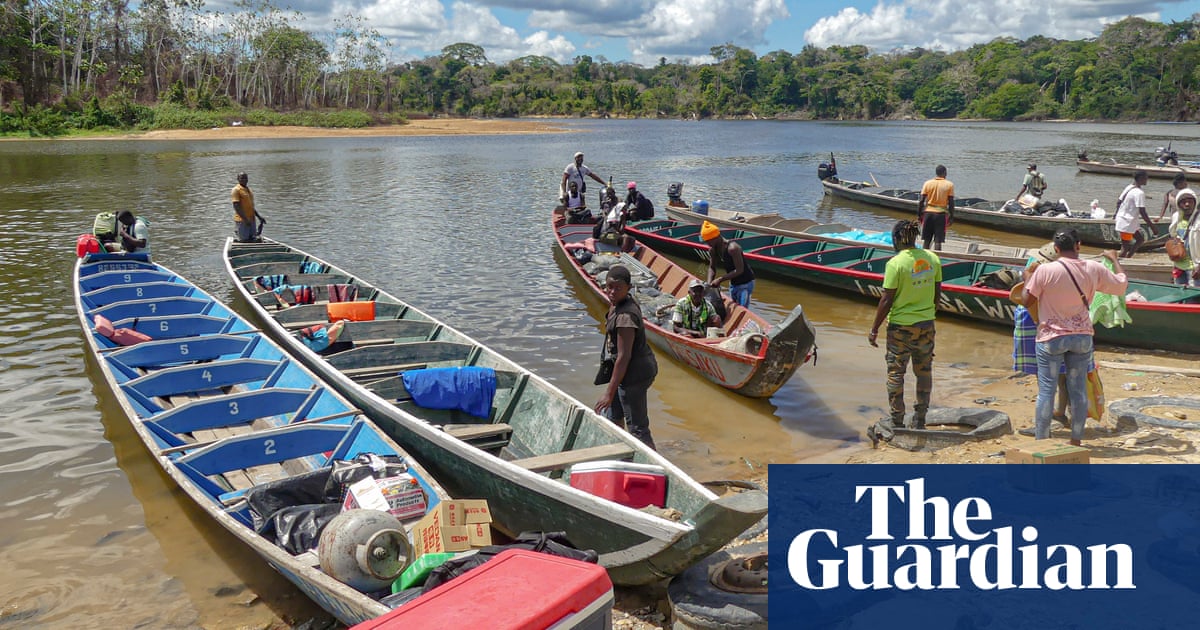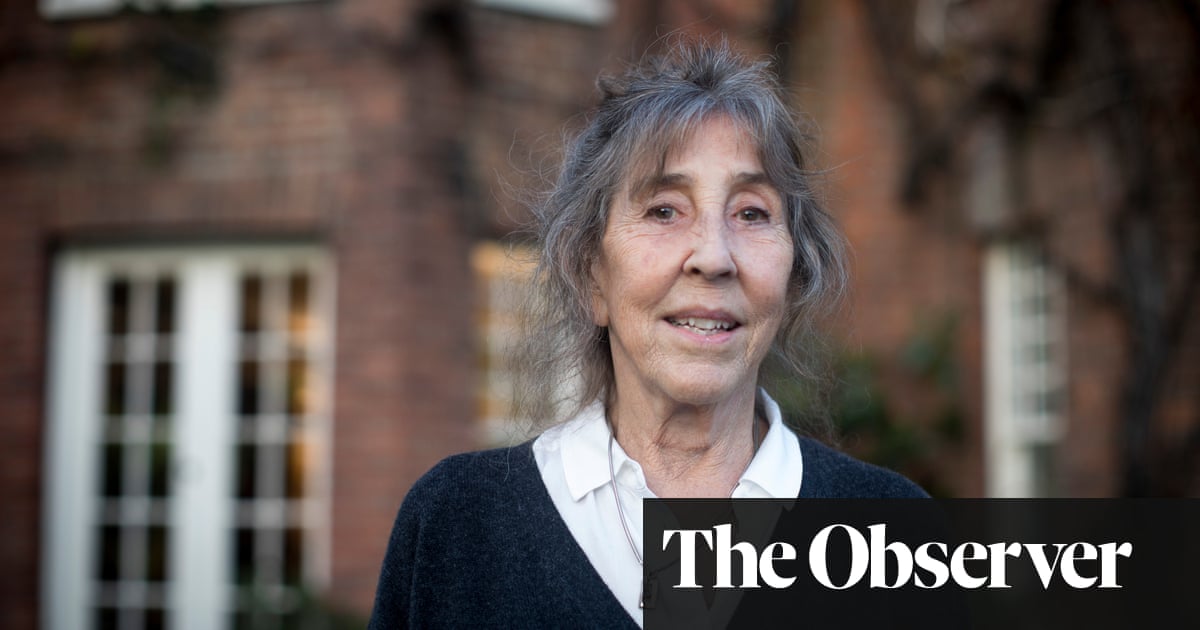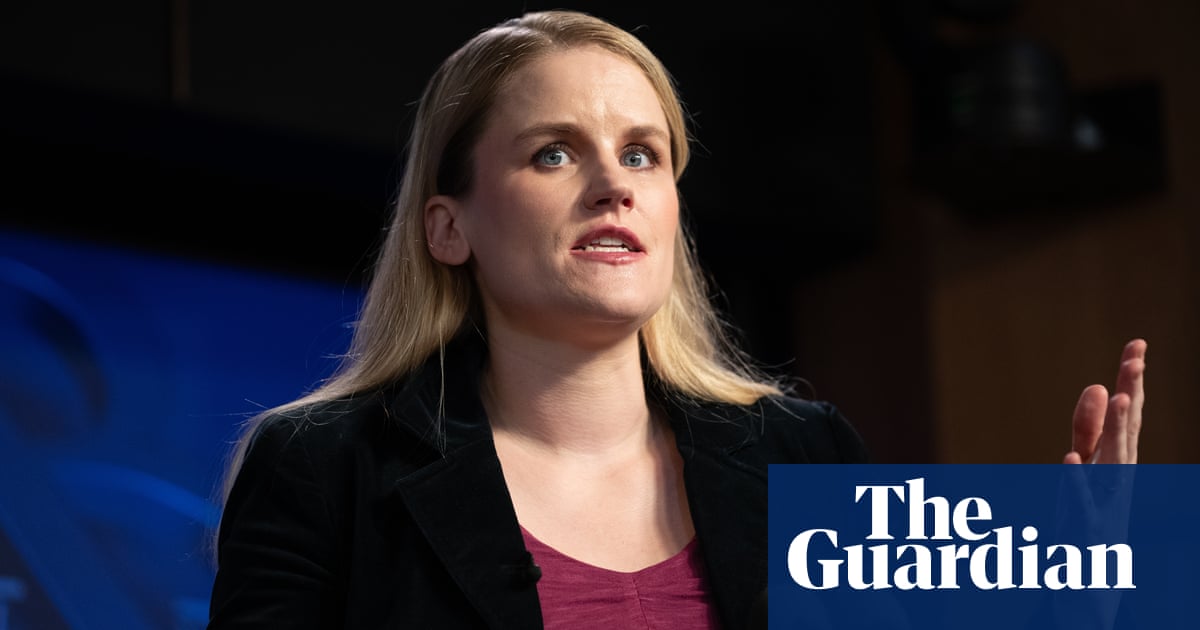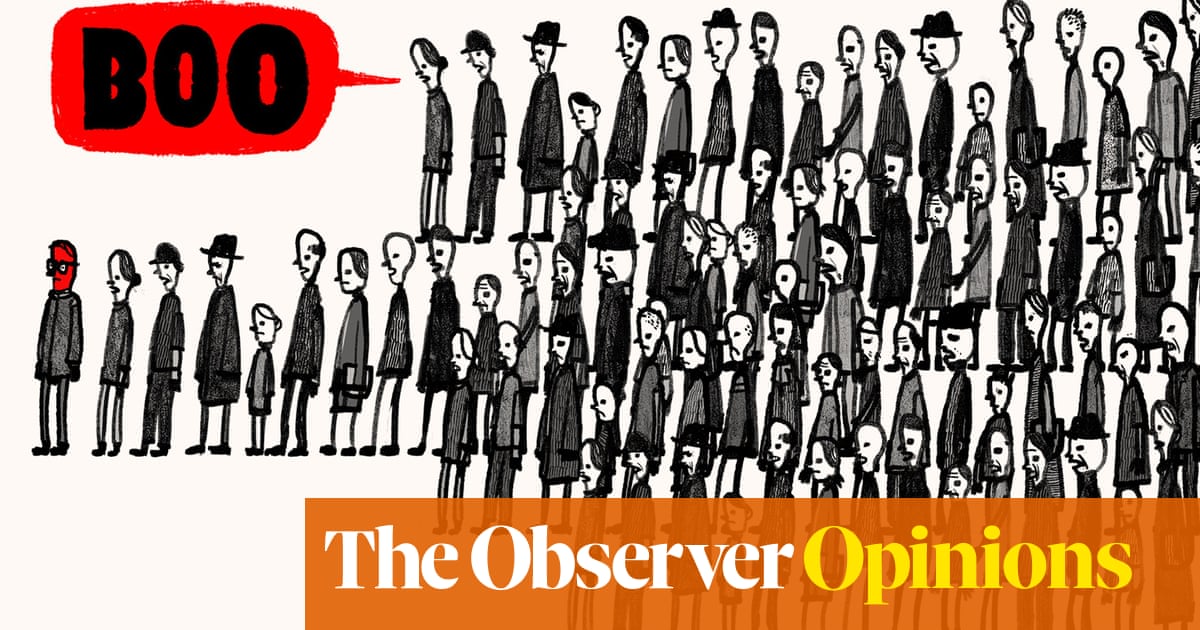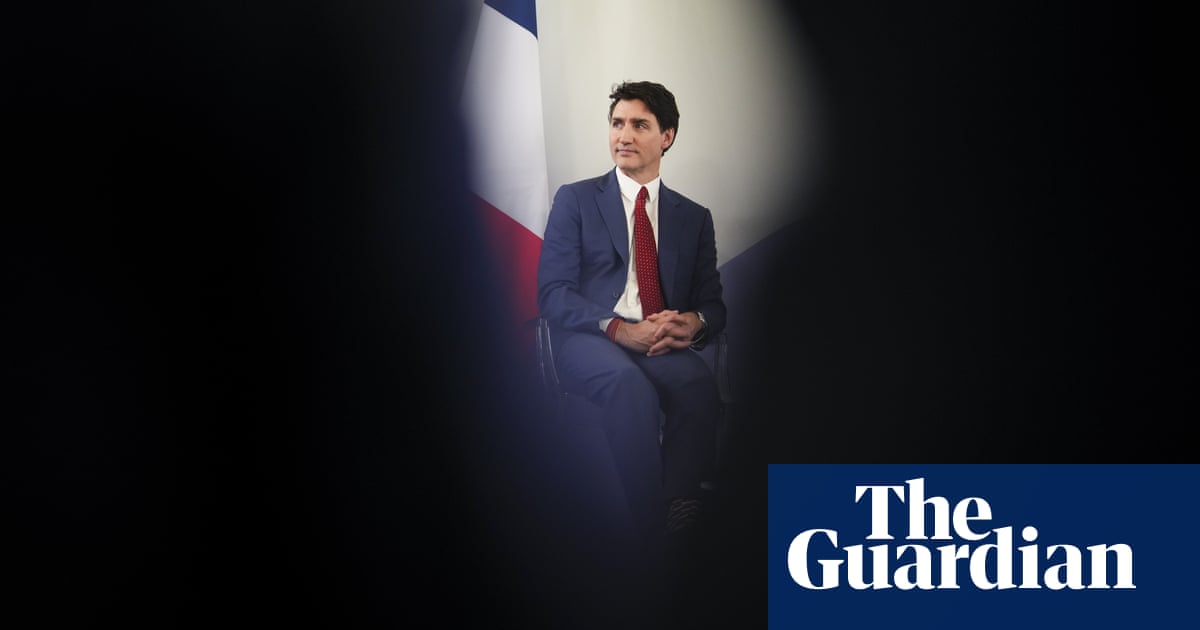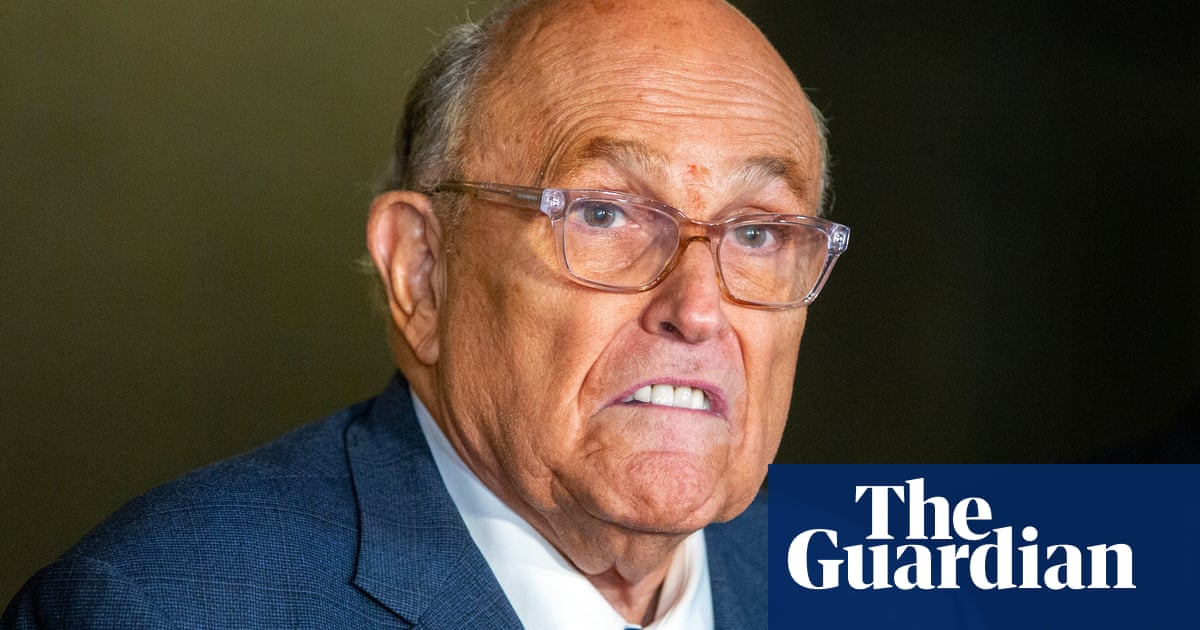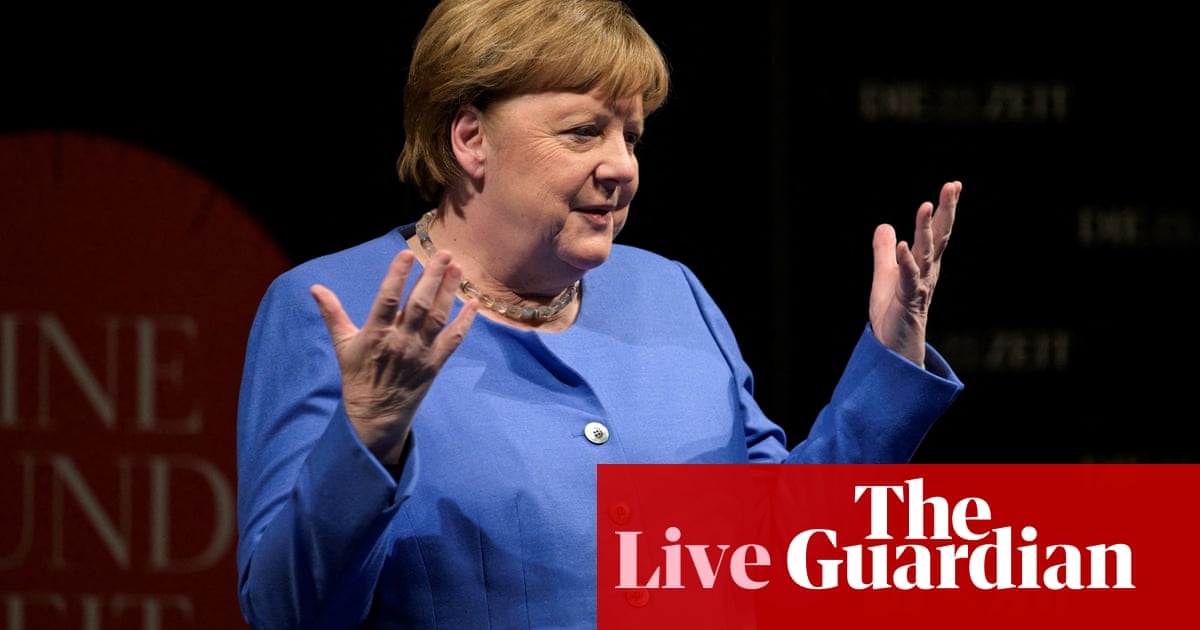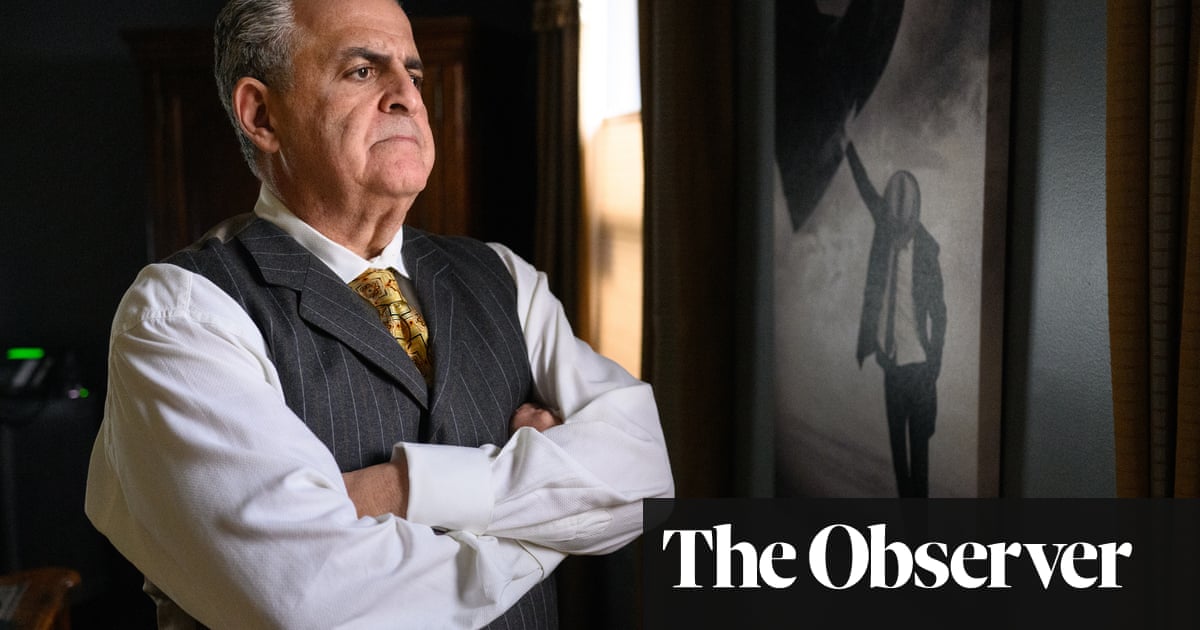Cardinals will begin voting to elect a new pope in the Sistine Chapel on Wednesday. How does it work?
Who is taking part?
Cardinals, the “princes of the church” otherwise known as senior member of the Catholic clergy. Only those under the age of 80 are eligible to take part and two have said they cannot attend due to ill health. (Another, Angelo Becciu, who was convicted of fraud and embezzlement in 2022, is not taking part.) The Vatican has confirmed that all 133 cardinals expected to participate have arrived in Rome.
More than 50 of the cardinal electors are European, with Italy dominating. Ten are from the US, 23 from Asia, 21 from Central and South America, and 18 from Africa.
What will they do when conclave begins?
The scarlet-clad men will make their way from their residence at Casa Santa Marta to the Sistine Chapel. They will hand in their phones; the chapel has already been swept for bugs and jamming devices installed. Each will swear an oath of secrecy.
The master of pontifical liturgical celebrations calls out “extra omnes” – everyone out. All those present except the cardinal electors and a handful of officials and doctors leave and the doors are locked.
There are no speeches or debate inside the chapel. The first vote will probably be taken on Wednesday afternoon. Thereafter, four votes will be held each day until one candidate reaches a two-thirds majority.
Their days will start with mass. The cardinal electors will break for lunch at about 12.30pm, returning to the chapel in the late afternoon for more rounds of voting. The cardinals will recite vespers together at the end of the day’s proceedings and then return to the Santa Marta guest house for dinner.
There are only 120 rooms at the Santa Marta, so overflow accommodation has been arranged in a nearby residence.
If there is no result after three days, cardinals can take a rest day for prayer and reflection.
How does the voting system work?
Each cardinal will be allocated a desk, on which sits a pen and a pile of ballot papers with the words Eligo in summum pontificem (I elect as supreme pontiff) printed at the top. They write their preferred name, fold the paper in half and place it in a bronze urn.
Each day, three scrutineers are chosen by lot from their number, plus three infirmari who collect ballots from any cardinals too sick to come to the Sistine Chapel, and three revisers.
The ballot papers are counted and recounted before being threaded with a needle – piercing the word eligo – into a bundle. The papers are burned in a stove. If there is no result, chemicals are added to make the smoke black; if there is a successful candidate, the chemicals turn the smoke white.
The smoke travels through a flue that leads to a chimney installed on the roof. Vatican firefighters are on standby.
When white smoke emerges from the chimney, bells will also be rung – signalling to the crowds outside that habemus papam – we have a pope.
What happens to the new pope?
The dean of the College of Cardinals asks the man: “Do you accept your canonical election as supreme pontiff?” If he agrees, he must decide his papal name. The cardinals will pledge obedience to the new pope.
Then he will be taken into the adjacent Room of Tears, where he will change from his scarlet cardinal’s outfit into a white papal cassock. Usually small, medium and large cassocks are made in advance. This time it is thought the Vatican is recycling cassocks made for previous conclaves.
The new pope is led to the main balcony of St Peter’s Basilica to greet the crowds.
How long will the conclave last?
It could be anything from a few hours to weeks. The longest conclave in history, in the 13th century, lasted two years and nine months. Since the beginning of the 20th century, most conclaves have lasted two or three days.
If no candidate has secured a two-thirds majority after 13 days of balloting, a runoff takes place between the top two candidates – but two-thirds of the cardinals’ votes are still needed to become pope. If there is still a deadlock, it is not clear what happens next.

 2 hours ago
3
2 hours ago
3
